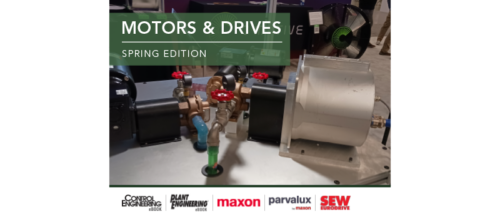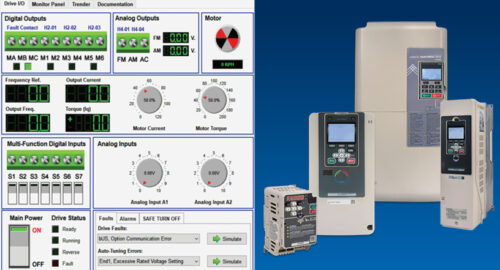EC: IER3 Optical Encoder
Machine & Embedded Control — Discrete sensors, machine vision: The IER3 optical encoder provides the highest resolution of its class with a resolution up to 10,000 lines per revolution. The IER3 encoders are ideal for high-precision positioning applications. This is a Control Engineering 2017 Engineers’ Choice Awards Finalist.
The new IER3 series incremental optical encoders from Micromo and Faulhaber are exceptionally compact and light in comparison to other optical encoders. The IER3 encoders are an opto-reflective system as a single-chip solution: As the LED, photodetectors, analysis unit and interpolation levels are installed in one chip, the encoders take up minimal space. The optical measuring principle of the IER3 gives the encoder a strong edge in terms of accuracy and signal quality when compared to encoders with other measuring principles.
The IER3 sets the standard and provides the highest resolution for its class with a resolution of up to 10,000 lines per revolution. The encoder achieves an angular resolution of 0.009°, with the evaluation of 40,000 edges per revolution. The high resolution results in high control dynamics and precise speed control. A multitude of further resolution variants are available.
With the IER3, a Faulhaber dc motor or brushless dc servo motor can be positioned with a typical accuracy of 0.1° – 0.3°. The encoders can be combined with CXR and CR graphite-commutated Faulhaber micro dc motors, starting with diameters of 22 mm, and with Faulhaber BX4 and BP4 brushless dc servo motors. The encoders and their motor combinations can be used with the new Faulhaber MC3/MCS motion control family.
The IER3 optical encoders are perfectly suited to fit demanding positioning applications, such as those in medical technology, laboratory automation, measuring technology, semiconductor manufacturing, robotics, or in optical systems due to high accuracy and repeatability requirements.
The encoders are also resistant to strong magnetic interferences, making them well-suited for applications with magnetic interference such as in tomography or medical image scanning and processing.
Micromo, www.micromo.com
Do you have experience and expertise with the topics mentioned in this content? You should consider contributing to our CFE Media editorial team and getting the recognition you and your company deserve. Click here to start this process.





